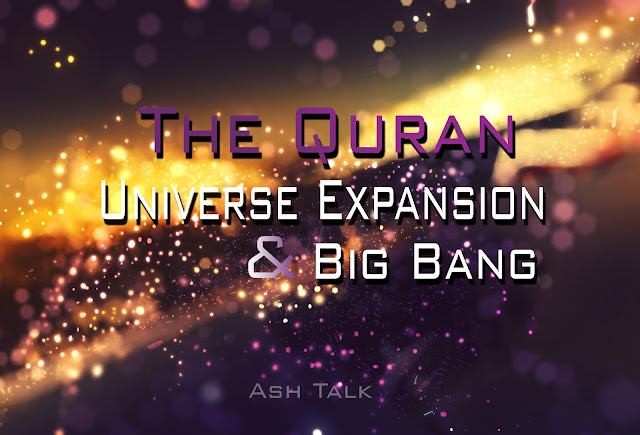Science Simulations
August 12, 2018
Astronomical Animations and Simulations
Below is the list of Astronomical Simulations that cover the vast field of the universe. In order to play these simulations and animations, you need flash player.
Basic Motion and Ancient Astronomy
Small Angle Approximation Simulation
Heliacal Rising Simulator
Big Dipper Clock Simulation
Coordinates and Motion
Meridional Altitude Simulator
Declination Ranges Simulator
Ecliptic Simulator
Union Season Demonstrator
Azimuth and Altitude Demonstrator
Daylight and Nighttime Simulator
Earth's Tilt Simulator
Longitude and Latitude Simulator
Celestial Equator Demonstrator
Path of the Sun Simulator
Sun Motion on the Celestial Sphere
Sun's Motion Demonstrator
Sun's Rays Simulator
Seasons Simulator
Coordinate System Comparison Demonstrator
Daylights Hours Explorer Simulator
Antipodes Simulator
Celestial and Horizon System Comparison
Sidereal and Solar Time
Reference: Astronomy Education












